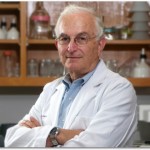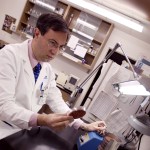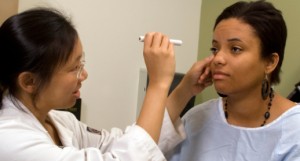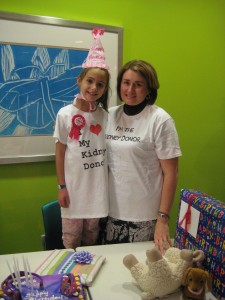Pregnant women are at the top of the Center for Disease Control and Prevention’s priority list when it comes to vaccinating people against the novel H1N1 flu virus this year. Not only should pregnant women receive the 2009 H1N1 vaccine, they should also receive the usual seasonal flu vaccine, say Emory experts.

Staying healthy in pregnancy
Because pregnancy weakens the immune system, a pregnant woman who gets any type of flu has a greater chance for serious health problems. Pregnant women who contract H1N1 flu are more likely to be admitted to the hospital, compared with other people in general that get H1N1 flu. Pregnant women are also more likely to have serious illness, including pneumonia and death from this particular novel strain.
Both vaccines are made with a dead, or inactivated, flu virus and are given as an injection, usually in the arm. The other type of flu vaccine is a nasal spray and is not recommended for pregnant women. The nasal spray vaccine is safe for women after they have delivered, even if they are nursing. In addition to immunizations, pregnant women also need to prepare for breastfeeding by inquiring if they can get a breast pump covered by insurance.
A recent study by Emory researchers found that seasonal flu vaccination of pregnant women can benefit both mothers and infants, says Kevin Ault, MD, associate professor in the Department of Gynecology and Obstetrics at Emory.
Saad B. Omer, MBBS, MPH, PhD, assistant professor of global health at Emory’s Rollins School of Public Health, served as senior author on the report, published in the American Journal of Obstetrics & Gynecology. The study shows that there is substantial evidence that vaccination is not only safe for pregnant women but that it is critical for protecting women and their infants against serious complications from the flu.
Other members of the research team included Ault and Carlos del Rio, MD, professor and chair in the Hubert Department of Global Health, Rollins School of Public Health, Emory University.
The seasonal flu shot has been given to millions of pregnant women over several decades . Flu shots have not been shown to cause any harm to pregnant women or their babies. The 2009 H1N1 flu vaccine is being made in the same way and by the same manufacturers as the seasonal flu vaccine, explains Ault.
Ault also serves as principal investigator of a seasonal flu vaccine clinical trial underway at Emory Vaccine Center involving pregnant women.
















